Blog
How could climate change affect UK gardens?
We are all well aware of the terrible effects that climate change and global warming are having on the natural environment, from increasingly extreme weather conditions to rising temperatures and sea levels.
There is much coverage in the news about the impact the changing climate has on our wildlife, destroying natural habitats and threatening an increasing number of species with extinction.
However, less attention is paid to climate change's effects on people's lives. How will our habitats, our flats and houses, fare in a changing world? And should we adapt our homes to our new environment?
To begin to answer these questions, we asked AI to predict what our homes and gardens could look like in the future due to climate change. Our Marshalls experts have adapted and added to this summary to give examples of how we can design our gardens to be resilient in the future.
Flood damage
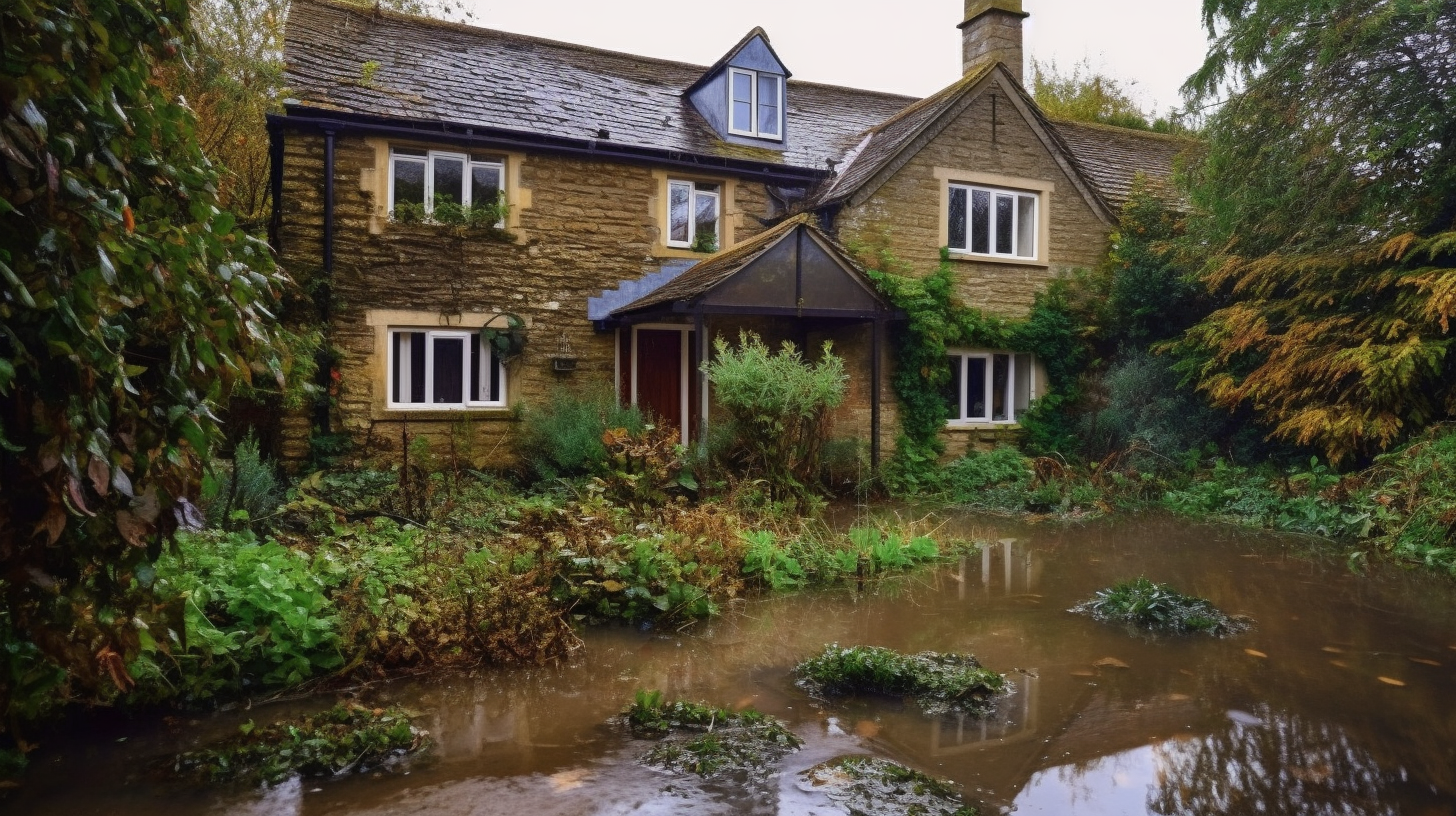
Here we can see the potential effects that increased heavy rainfall could have on our homes in the future. Flooding is becoming a much more severe problem as existing drainage systems struggle to cope with the increased rainfall.
Creating depth in your garden with added levels or shallow areas of ground can increase drainage and help protect your property from flooding. This is often called a rain garden, and it's like a little oasis that helps manage rainwater in a clever and eco-friendly way. Rain gardens collect water from roofs, driveways, and other hard surfaces when it rains and holds it temporarily, allowing it to soak into the ground slowly. You must carefully select the plants in a rain garden to ensure they can tolerate having their roots in water for a short period. You could also include a small pond allowing beautiful aquatic species like water lilies and reeds to thrive.
Another way to future-proof your garden from flooding is to consider the materials you use. Using permeable paving slabs for any paved areas helps to ensure that water doesn't collect on the surface or overload drains.

Sun damage
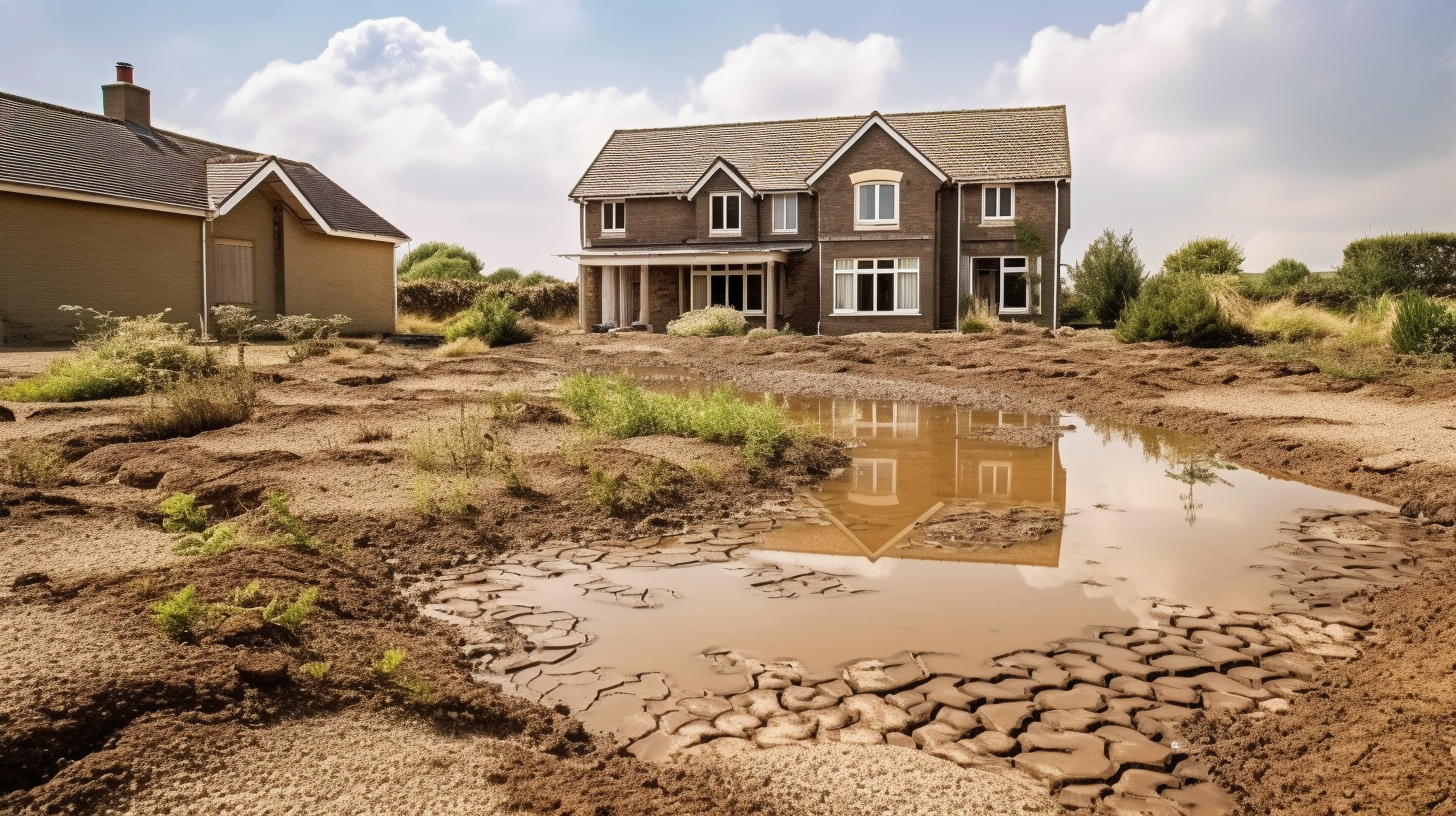
This image envisions the effects that long dry summers and periods of drought could have on our homes. With all the moisture sucked out of the ground, our gardens and driveways could become cracked and uneven while supporting very little wildlife or plants.
The threat of damage from intense sunlight and lack of moisture is a real concern in many parts of the world that will only become more severe as climate change continues to heat up our planet. However, we can mitigate some of these effects by designing our gardens with plenty of shaded areas, selecting plants that can cope with hot, dry weather, and incorporating larger bodies of water and effective irrigation systems to keep them hydrated.
Harvesting rainwater is an excellent way to support a green space through a drought. It's generally thought of as collecting the run-off from buildings via the guttering and storing it in tanks, but a simple water butt does a great job if you're short of space. For a stand-out sustainable design feature, you could create a rain box planter connected to a garden nature pond, with a tap and overflow onto a permeable surface.
Buildings and pavements absorb and retain more heat than natural land, but trees and plants can help offset this as they increase the amount of shade and sun protection whilst also cooling the surrounding areas. Shaded surfaces under trees can be up to 11 – 25 degrees cooler than unshaded surfaces, making them valuable and attractive. A building with a living wall or suitable climbing plant growing on it can impact outdoor and indoor temperatures, meaning less energy is required to cool inside in the summer or keep it warm in the winter.
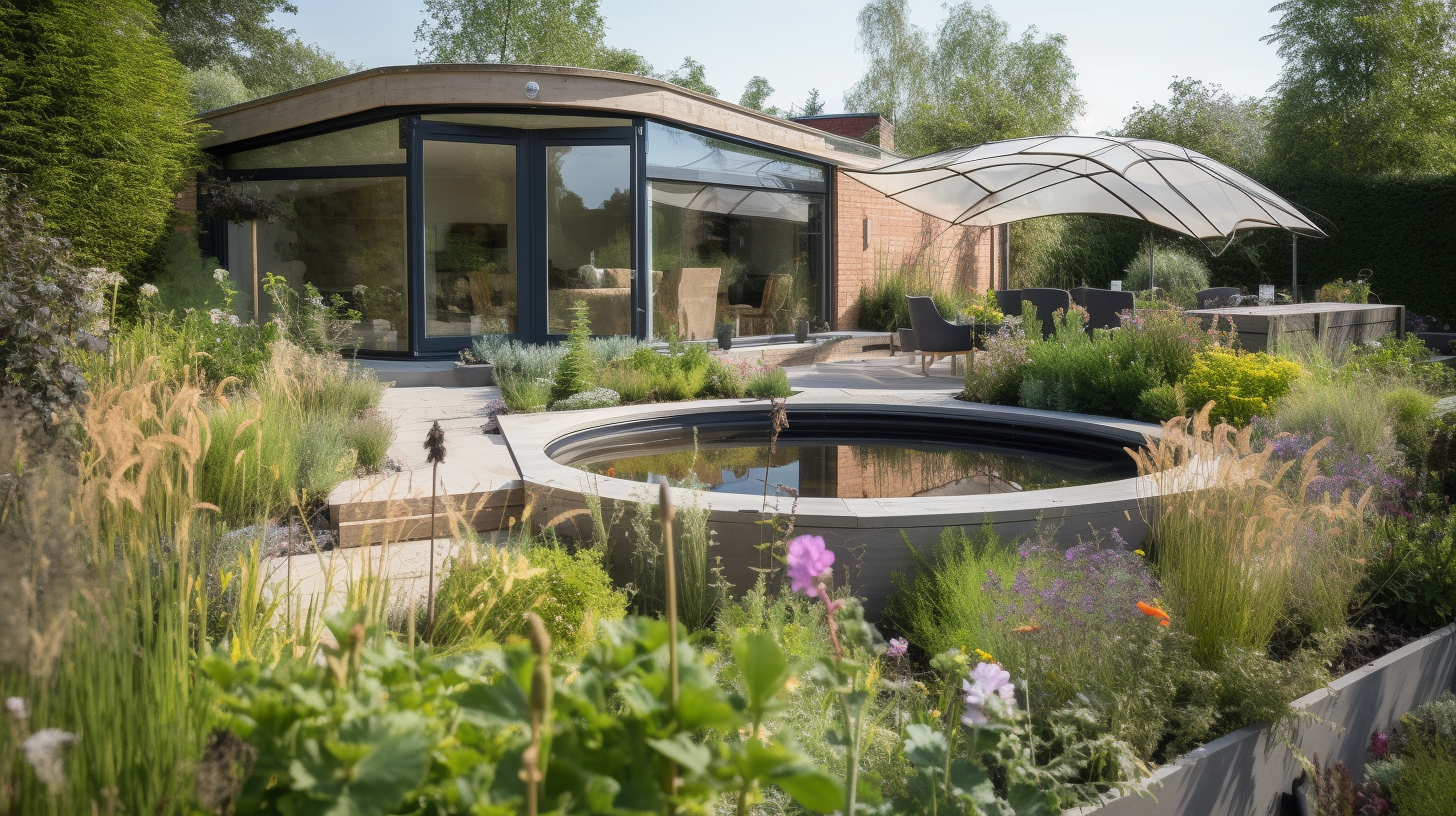
Wind damage

As temperatures continue to rise around the world, the weather is becoming more turbulent. Hurricanes, strong winds and fierce storms could become more common, barraging our homes with enough wind power to tear up bushes, break windows and even bring down trees.
The best way to reduce wind damage in your garden is to create a series of windbreaks that protect your plants and property from the strongest gusts and gales. The easiest way to do this is to include sturdy garden walling around the edge of your outdoor space, which can then be covered in climbing plants to create vibrant living walls that look amazing while protecting your garden and reducing temperatures. Layers of windbreaks, such as groups of sturdy trees and multiple walls and hedges can further reduce the damage caused by increasingly strong winds.
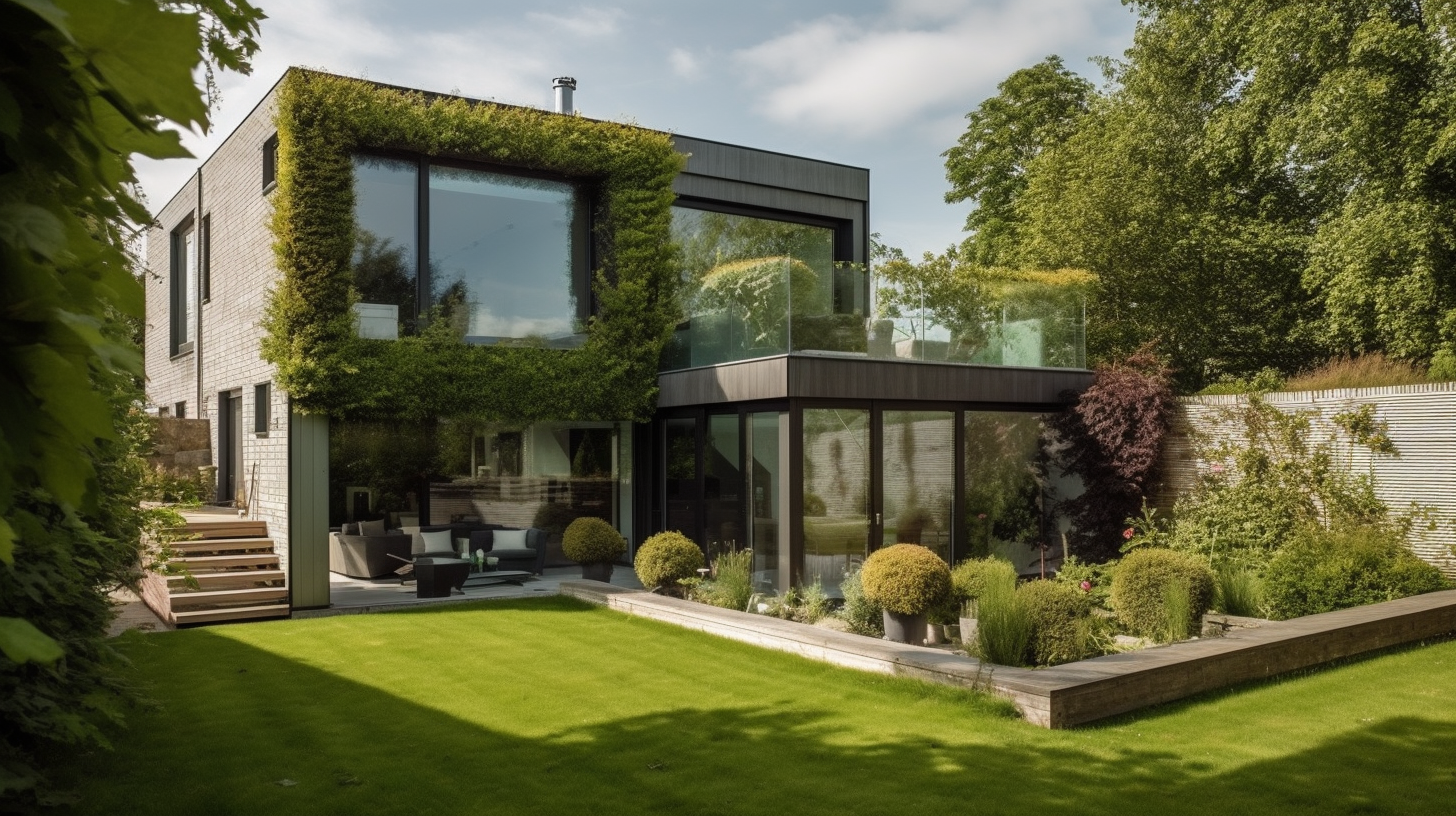
No bees garden
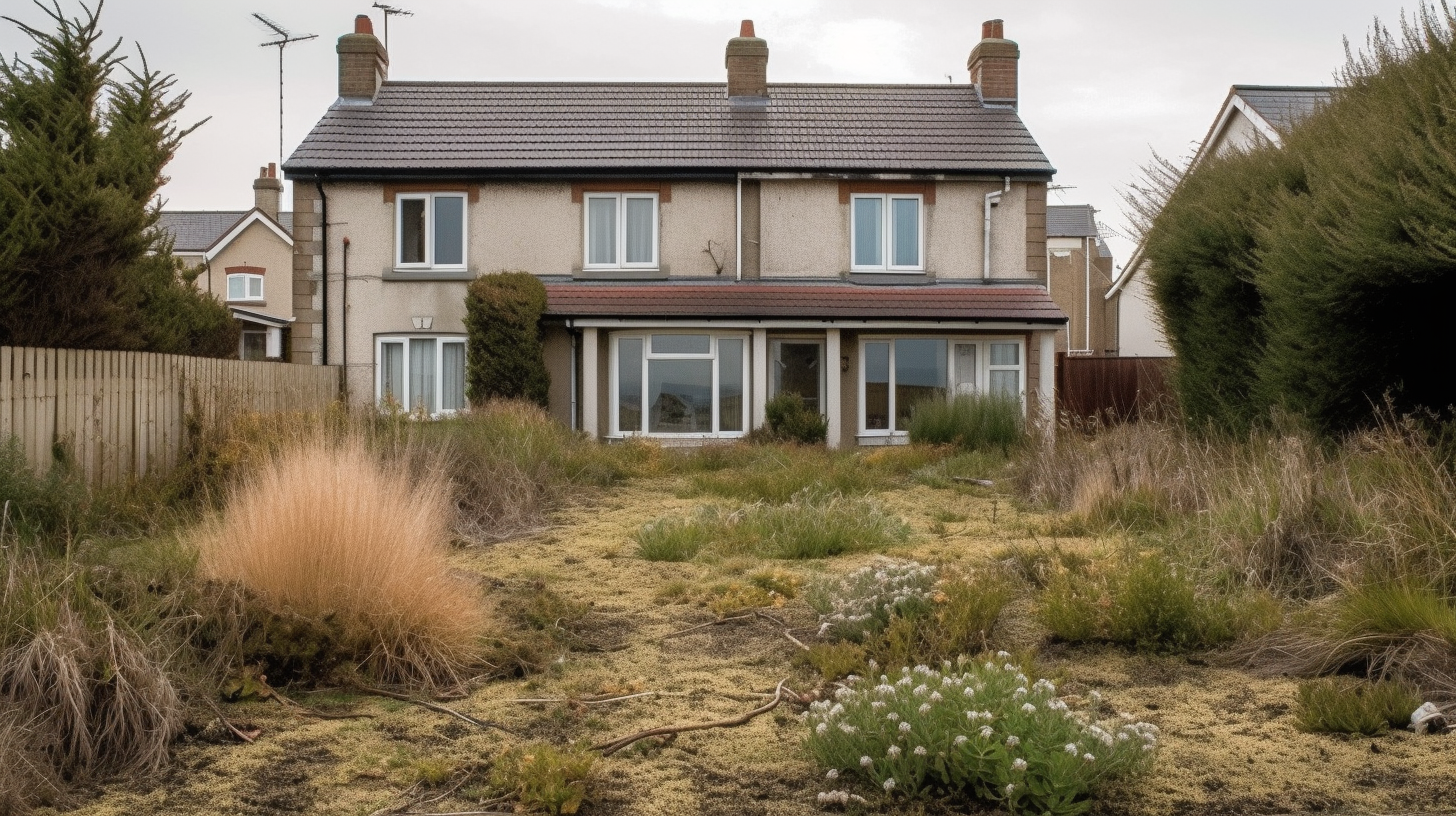
Another way climate change threatens our gardens and green spaces is the reduction in wildlife and biodiversity due to habitat destruction. This is especially true for one of nature's most important species, bees, one of the planet's major pollinators. If we continue to remove habitats and plants that are rich in pollen and nectar, then the number of bees will continue to plummet, reducing biodiversity and plant species in our gardens.
Including native wildflowers in your garden is one of the best ways to help support local bee populations and other insect pollinators such as butterflies and hoverflies. These are great for the environment and create a richly beautiful and fragrant garden environment for you and your family to enjoy. Including plants that bear fruit, such as berry bushes, also helps to attract a wider variety of garden birds that will further support the wildlife in the local ecosystem, while including water features helps to keep these animals cool and hydrated during the warmer months.
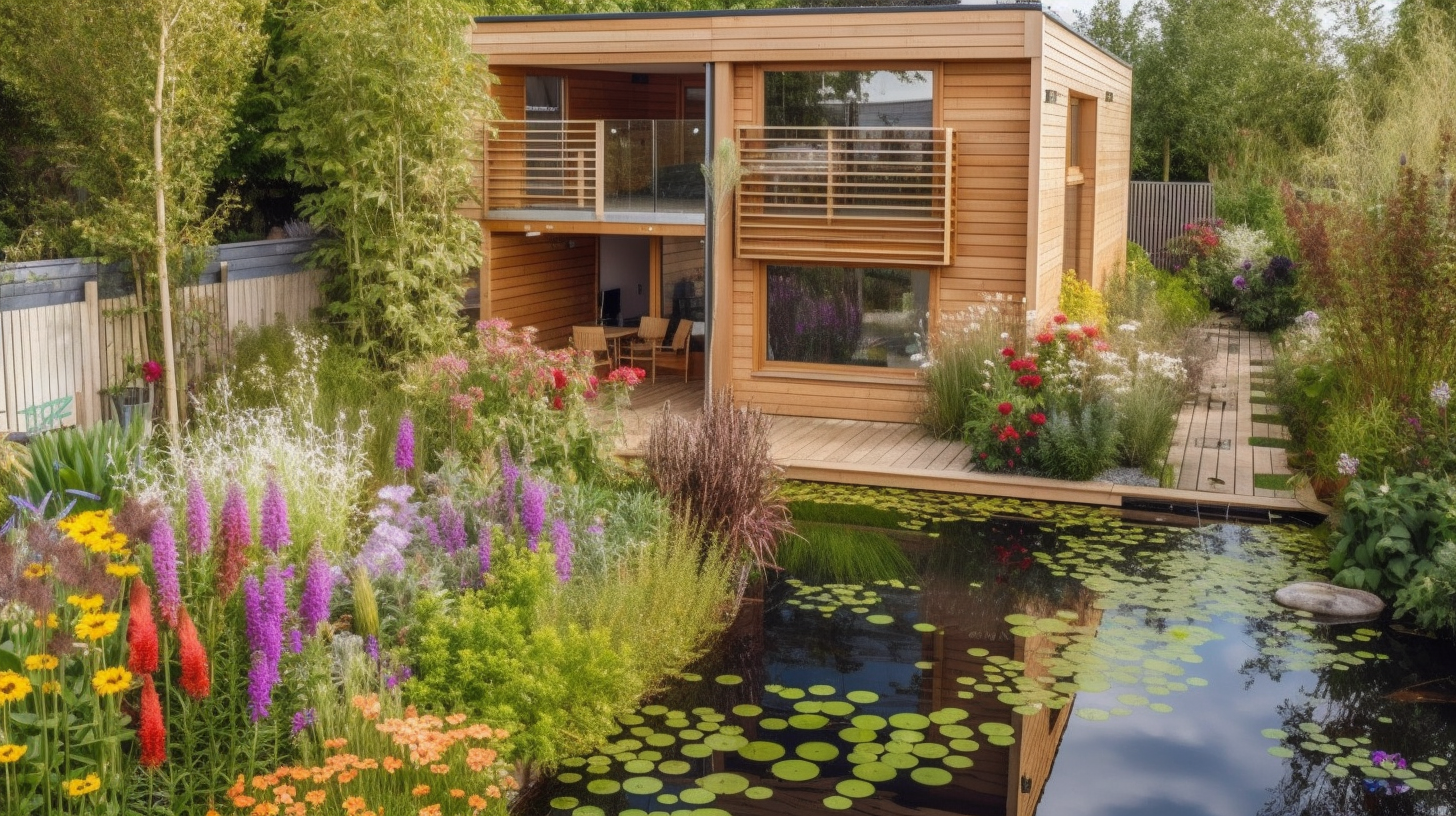
Scroll down for more design ideas and tips for your garden and outdoor space.










